Cart 0 Product Products Amount:
(empty)
(empty)
Your cart
Your cart
Together:
No products
To be determined Shipping:
0,00 zł Total:
Product successfully added to your shopping cart (There are 0 items in your cart.) (There is 1 item in your cart.)
Product:
Quantity:
Total:
Total products
Total shipping To be determined
Total

Blog categories
Do you want to start brewing beer at home but don't know anything about it? Check out our blog. We share our knowledge with those who take their first brewing steps, as well as with those who already brew. Home brewing is not difficult!
Top sellers
-

-

-

-

Muslin hop boiling bag 1 piece
Reusable muslin mesh. Perfect for cooking hops and other spices, cold...
4,50 zł -

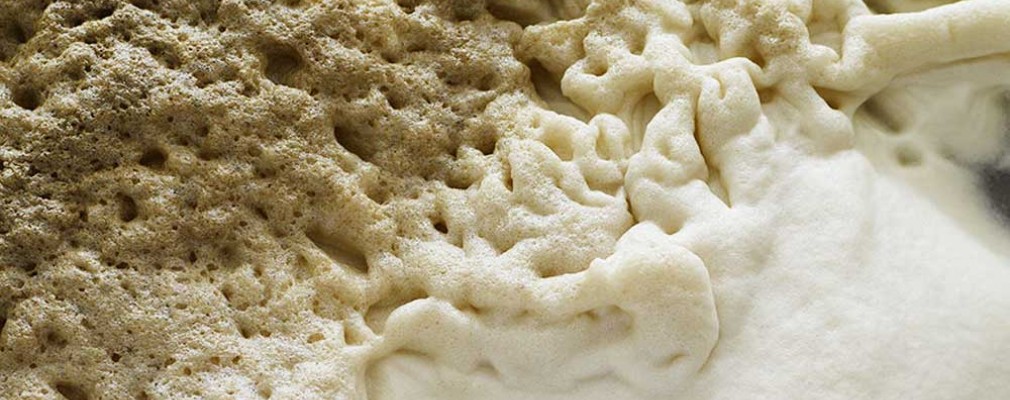
0
3072
Data publikacji:
11
MAY
2022
Perfect fermentation. GF30 Conical Fermenter
Let's take a closer look at the entire system.
Stainless steel conical fermenter - Conical Fermenter Pro GF 30
Let's move on to the most important function, i.e. temperature control during fermentation. Its level is set manually on the controller or on the connected Grainfather application. Of course, the condition is to connect the fermenter with the glycol cooler. By manually setting the
Dimensions: 390 x 450 x 656 mm
Summarizing the presented system is a revolutionary solution for home brewing. The effects that can be achieved so far have been very difficult to achieve by brewing amateurs. Thanks to it, you can get closer to the level of the world's best breweries and implement all assumptions of ideal fermentation conditions.
Udostępnij:
COPYRIGHT 2020 Twój Browar ALL RIGHTS RESERVED Design and implementation dih.pl
















 Among the brewers there is a saying that "the brewer prepares the wort and the beer makes the yeast" Which means clearly that the most important stage of beer production is fermentation. There is a lot of truth in this, because the taste properties of many styles of beer are created thanks to the appropriate strains of yeast and properly conducted fermentation. Such beers undoubtedly include Belgian styles, German wheat beers, English ales, and probably all kinds of lagers. Even a seemingly uncomplicated beer like the American IPA, whose taste is primarily responsible for a good dose of aromatic citrus hops, can be spoiled or polished like a diamond by fermentation conditions.
Among the brewers there is a saying that "the brewer prepares the wort and the beer makes the yeast" Which means clearly that the most important stage of beer production is fermentation. There is a lot of truth in this, because the taste properties of many styles of beer are created thanks to the appropriate strains of yeast and properly conducted fermentation. Such beers undoubtedly include Belgian styles, German wheat beers, English ales, and probably all kinds of lagers. Even a seemingly uncomplicated beer like the American IPA, whose taste is primarily responsible for a good dose of aromatic citrus hops, can be spoiled or polished like a diamond by fermentation conditions.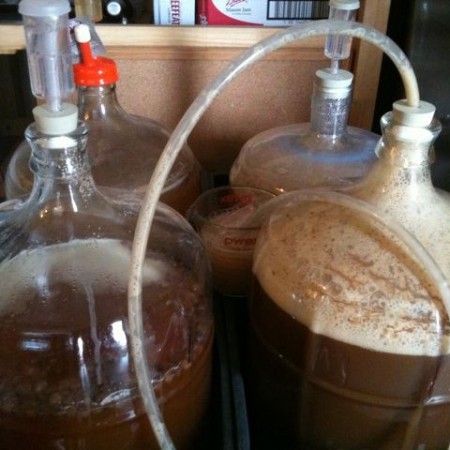 emphasize the flavors of malt or hops. For a clean lager profile, the diacetyl gap is important, i.e. raising the fermentation temperature by 5-10 degrees in its final stage. Thanks to this, we reduce the presence of diacetyl in beer, which causes a buttery aftertaste in the beer. In strong top-fermented beers, the low initial temperature allows the alcohol to be hidden in the finished beer and to reduce the presence of acetaldehyde with the aroma of green apples or even emulsion paint. Acetaldehyde is also one of the main causes of alcohol intoxication, commonly known as a hangover. In Belgian beers or fermented with kveik yeast, it is important to obtain fermentation temperatures in the range of 25-35 degrees to obtain the appropriate flavor effects. These are just a few examples of how important it is to control the temperature during beer fermentation.
emphasize the flavors of malt or hops. For a clean lager profile, the diacetyl gap is important, i.e. raising the fermentation temperature by 5-10 degrees in its final stage. Thanks to this, we reduce the presence of diacetyl in beer, which causes a buttery aftertaste in the beer. In strong top-fermented beers, the low initial temperature allows the alcohol to be hidden in the finished beer and to reduce the presence of acetaldehyde with the aroma of green apples or even emulsion paint. Acetaldehyde is also one of the main causes of alcohol intoxication, commonly known as a hangover. In Belgian beers or fermented with kveik yeast, it is important to obtain fermentation temperatures in the range of 25-35 degrees to obtain the appropriate flavor effects. These are just a few examples of how important it is to control the temperature during beer fermentation. 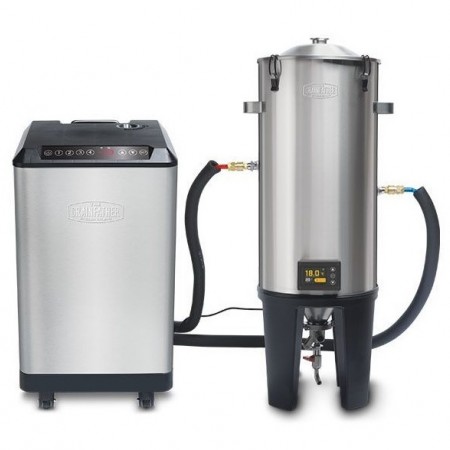
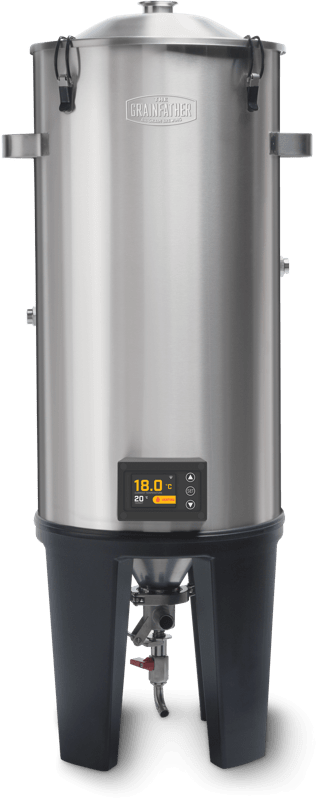
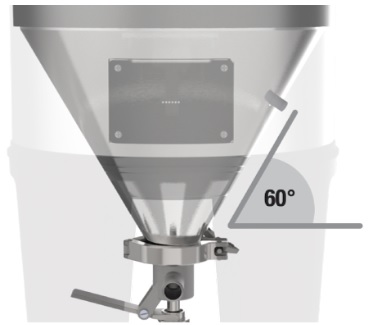
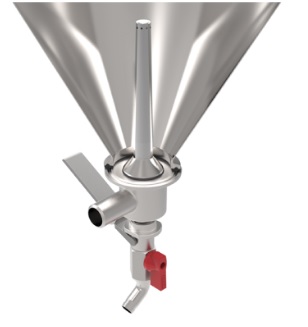
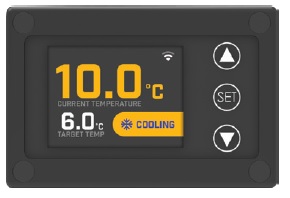 temperature, we enter the appropriate value on the controller and the hysteresis range - i.e. the margin of deviation from the programmed temperature. This is an acceptable range when neither cooling nor heating systems are started. The recommended hysteresis range is 0.5 degrees. At lower values, e.g. 0.1-0.2 degrees, the temperature maintenance systems will work practically all the time. Higher values, i.e.> 1 ° C, may influence the fermentation effects. By writing one temperature value and turning on the fermenter, the system will maintain the programmed level throughout its operation. Subsequent changes must be made manually.
temperature, we enter the appropriate value on the controller and the hysteresis range - i.e. the margin of deviation from the programmed temperature. This is an acceptable range when neither cooling nor heating systems are started. The recommended hysteresis range is 0.5 degrees. At lower values, e.g. 0.1-0.2 degrees, the temperature maintenance systems will work practically all the time. Higher values, i.e.> 1 ° C, may influence the fermentation effects. By writing one temperature value and turning on the fermenter, the system will maintain the programmed level throughout its operation. Subsequent changes must be made manually.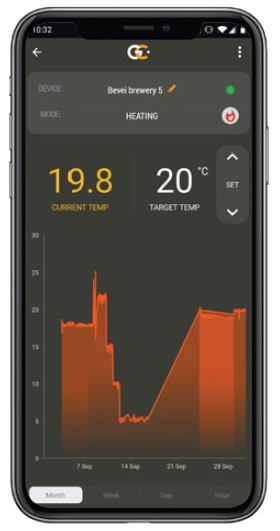 An extraordinary advantage of the entire system is the ability to control it remotely through an application on a phone connected via WiFi. For this purpose, we install the Grainfather application to control all devices of this brand and to create your own recipes. Then we add our fermenter to it. At this point, we can use the ready-made fermentation profiles saved in the application. The ready profile is the optimal course of fermentation for a given style of beer, eg Pils. We can also save our own fermentation profile by setting the desired temperatures in the course of fermentation. By starting the system through the application, we can view the fermentation process via a graph. Importantly, we can stop it or change the saved values at any time. Thanks to the connection via WiFi, we have control over the equipment from anywhere in the world with access to the Internet. It is worth adding that it is possible to add to the application devices measuring the level of beer fermentation on an ongoing basis (eg Tilt, Plaato). Thanks to this, the values of the current attenuation of the wort will be added to the temperature chart during fermentation. It is a very useful solution that gives insight into the current state of fermentation and adjusting appropriate temperature scenarios to it.
An extraordinary advantage of the entire system is the ability to control it remotely through an application on a phone connected via WiFi. For this purpose, we install the Grainfather application to control all devices of this brand and to create your own recipes. Then we add our fermenter to it. At this point, we can use the ready-made fermentation profiles saved in the application. The ready profile is the optimal course of fermentation for a given style of beer, eg Pils. We can also save our own fermentation profile by setting the desired temperatures in the course of fermentation. By starting the system through the application, we can view the fermentation process via a graph. Importantly, we can stop it or change the saved values at any time. Thanks to the connection via WiFi, we have control over the equipment from anywhere in the world with access to the Internet. It is worth adding that it is possible to add to the application devices measuring the level of beer fermentation on an ongoing basis (eg Tilt, Plaato). Thanks to this, the values of the current attenuation of the wort will be added to the temperature chart during fermentation. It is a very useful solution that gives insight into the current state of fermentation and adjusting appropriate temperature scenarios to it.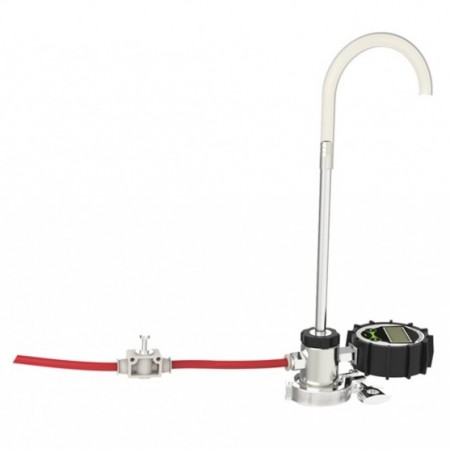
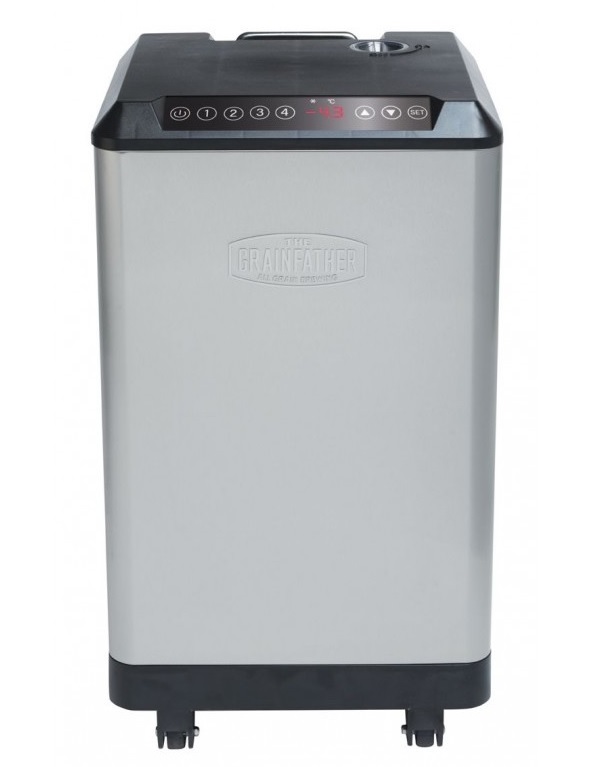
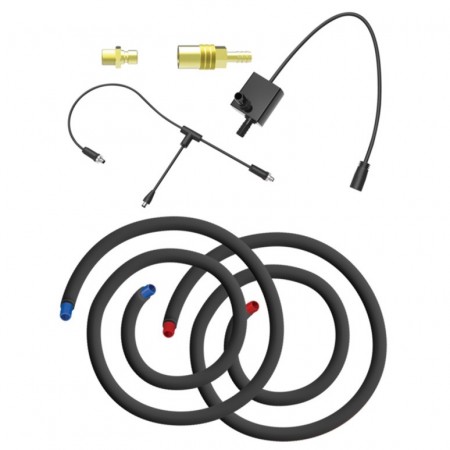
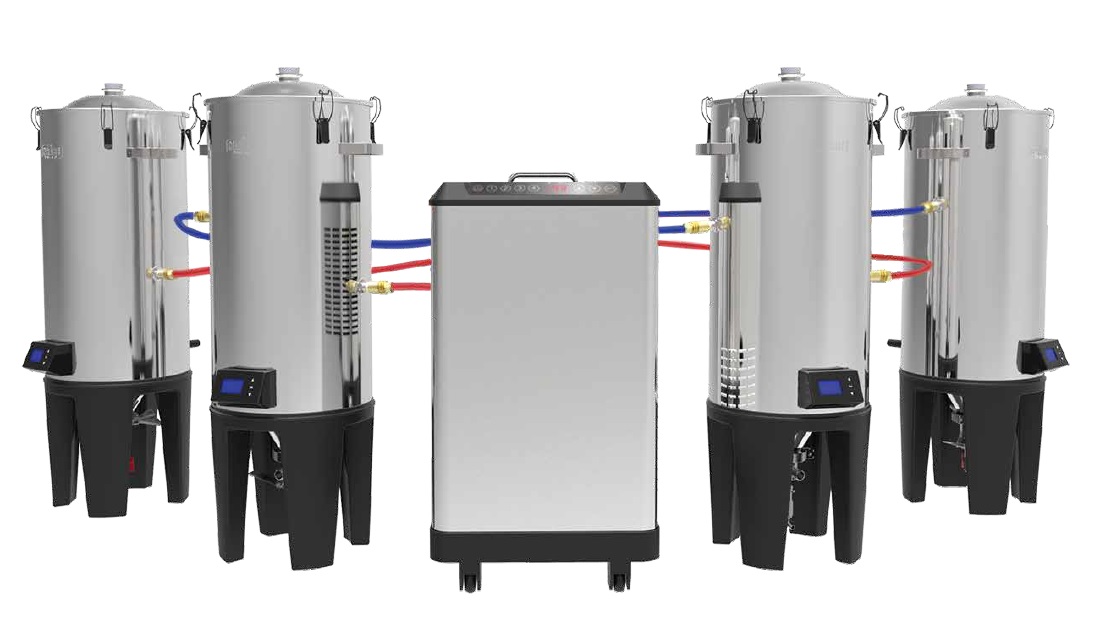
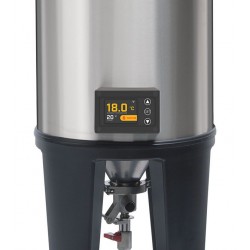


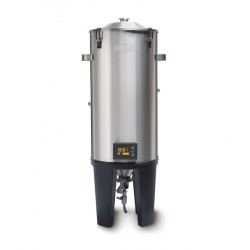
Dodaj komentarz
0 komentarze